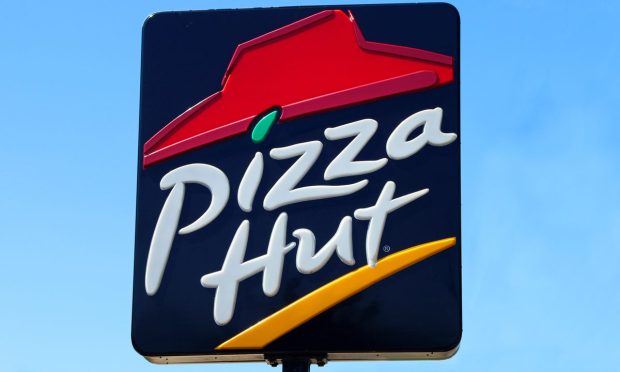Pizza Hut’s Bid For Grocery Store Presence Marks Move To Grab Bigger Slice Of Consumer Food Spend

With the announcement of Pizza Hut’s new CEO, it looks like the brand may have ambitions to get into consumer-packaged goods (CPG). The restaurant’s parent company Yum Brands announced Thursday (Aug 26) that Aaron Powell, former president of Kimberly-Clark’s Asia-Pacific CPG business who started his career at Procter & Gamble, will begin his role as Pizza Hut Division CEO on Sept. 20.
In a statement, Yum Brands CEO David Gibbs highlighted Powell’s CPG experience, an implicit “watch this space” for the Pizza Hut brand, suggesting an opportunity to seize on the grocery store sales opportunity in the near future.
“Aaron brings more than 25 years of deep experience in the business-to-business and consumer packaged goods sectors and is known for driving break-through innovation and delivering strong performance for iconic household name brands operating in complex environments around the world,” Gibbs said.
The news comes as, across the restaurant and grocery categories, brands are seeking ways to capture a greater portion of consumers’ food spending. PYMNTS data find that consumers are now 31 percent likelier to eat their restaurant orders at home than they are to dine at a restaurant. Additionally, delivery and pickup grocery orders are on the rise, mimicking the way consumers order from restaurants. Restaurant brands that can take hold in grocery store aisles have the opportunity to secure consumers’ cross-category loyalty.
In the past several years, many major restaurant brands have been getting into CPG, parlaying consumers’ existing affinity for their products into sales outside the restaurant. Focus Brands, for one, parent company of Auntie Anne’s, Jamba, Cinnabon, and Moe’s Southwest Grill, among others, has seen huge success in grocery aisles. Forbes reports that the company brings in over $1.9 billion each year from retail sales across over 100 SKUs, spanning the company’s brands, and the business flourished during lockdown.
“There was phenomenal demand as buying patterns shifted,” Dave Mikita, president of Focus Brands Global Channels, told the news outlet. “Most retailers were trying to keep up with demand and we were able to take advantage of that growth in grocery.”
In 2018, Nestlé paid Starbucks $7.15 billion for the rights to sell Starbucks-branded products, following a year in which Starbucks had brought in the $2 billion in ready-to-drink category.
“The Global Coffee Alliance with Nestlé is a powerhouse, and we continue to see strong performance across all aspects of the key strategic relationship,” Starbucks CEO Kevin Johnson told analysts on a call in July. “In ready-to-drink, Starbucks is the number one premium brand globally … These channels amplify our brand in more than 80 markets around the world, offering millions of customers at home and at work options that complement their Starbucks in-store experience.”
For White Castle, sales of its packaged sliders make up about a quarter of all sales. Tiffany Carreker, general manager and VP of sales for the division, said in a statement in January that the brand’s CPG line grew 8 percent faster than the category as a whole, and that the chain’s retail business has grown more than twofold since 2010.
Of course, for Pizza Hut’s part, pizza lends itself very well to the CPG space, with frozen pizza already a popular choice for many consumers. Entering the space, the restaurant brand will compete with category leader Di Giorno, as well as a slew of other local and national brands.
“The chance to join an iconic, powerhouse global brand like Pizza Hut, combined with the backing of a world-class and culture-rich company like Yum Brands, created an opportunity I knew I had to be a part of and simply couldn’t pass up,” said Powell in a statement.
